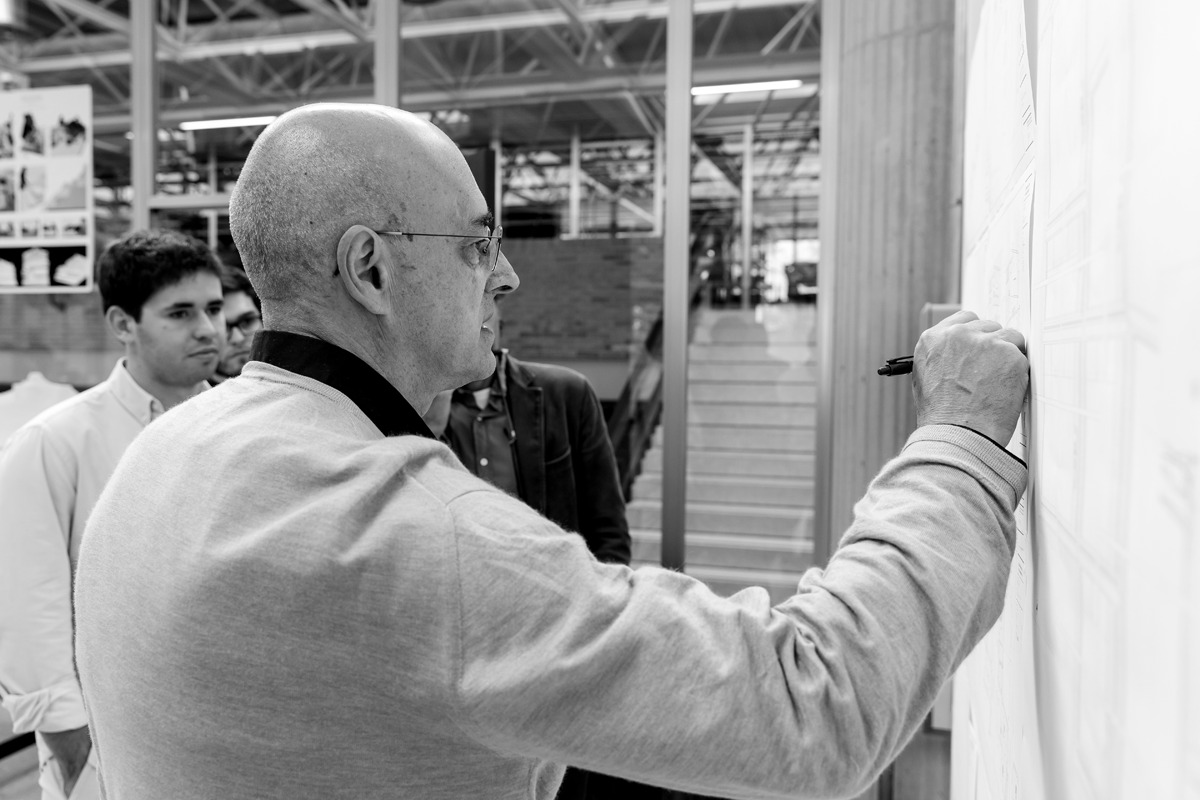18/03/2024
Published in
Diario de Navarra
Francisco Mangado
Professor of the School of Architecture of the University of Navarra
Architect and friend Roberto Ercilla has died. He carried his illness in a discreet and unobtrusive way. For him, illness and death were part of life. That life he saw as a reality that had to be approached from the balance between an optimistic realism and a feeling applicable to the most important things.

Roberto Ercilla has been an architect core topic in the evolution of architecture in the Basque Country. In some years, mainly the eighties and nineties of the last century, in which the most acclaimed architecture in this land appeared basically aligned with a rhetorical and impossible neoclassicism, he took the decision to develop a modern architecture in core topic in the broadest sense of the word. An architecture that, knowing how to recognize the reality of his time, was nourished by a vision attentive to the reality of his surroundings, demonstrating that the architectural culture in his beloved Basque Country, without losing its identity, could dialogue with other more open ways of thinking. His works, profusely disseminated and awarded in various fields, were appreciated and qualified as of great architectural quality, but also, and perhaps more importantly, as manifestos of a way of doing quality architecture, free of imposed adscriptions from the "officialdom". His work paved the way and became a reference for a whole generation of young Basque architects.
Roberto was not aware, or did not want to be given his modesty, of the value professor that his work acquired in those circumstances, repeatedly refusing to accept the invitations of the academic environment. Finally, he joined as a professor at the School of Architecture of the University of Navarra, developing from then until his death, for more than twenty years, a work that is difficult to gloss. His careful attention, critical and patient, dedicated to each of his students, made him one of the favorite professors and a reference of the School. His generosity allowed him to give a quality response in any of the different academic responsibilities to which he was called, working and teaching practically until the last day, because he knew that he could always continue to make and build architecture, now with the financial aid students who keep him in their report and in their hands.
From the School of Architecture we want to remember the report of a teacher and, above all, of a friend who made of the illusion for architecture and the dedication to student, overcoming the simple and pure transmission of knowledge, an example of life until the end. May he rest in peace.
